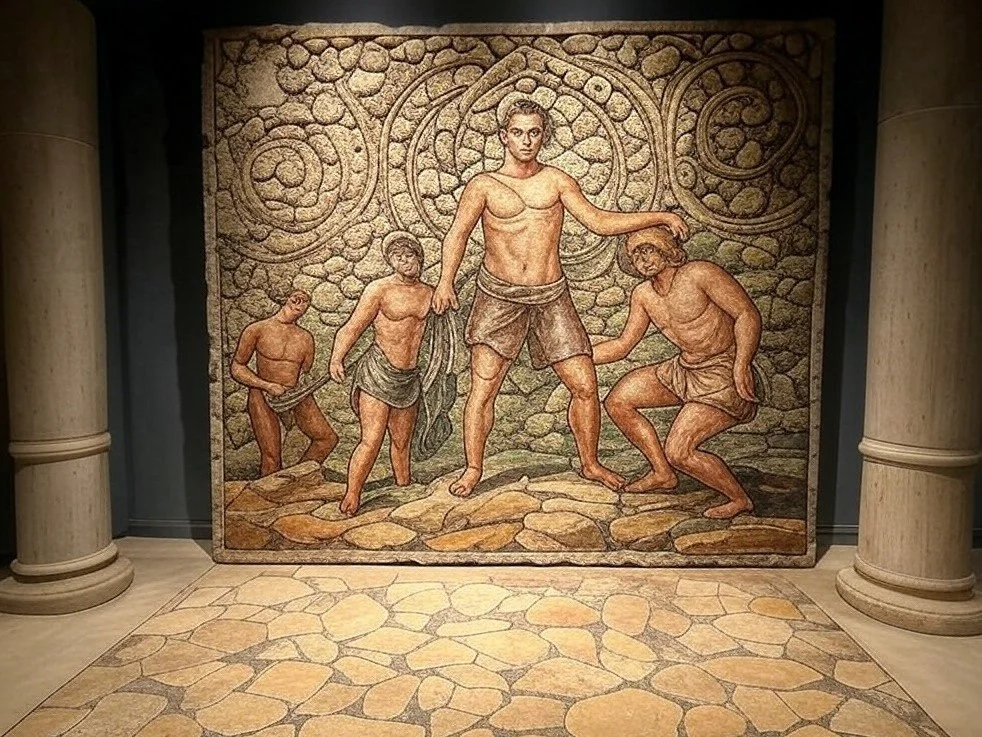Mosaics have been a prominent art form for thousands of years, capturing the culture, beliefs, and daily lives of ancient civilizations. Crafted from small pieces of stone, glass, or ceramic, these intricate designs adorned homes, temples, and public spaces, serving both decorative and symbolic purposes. The evolution of mosaic art reveals the artistic ingenuity and storytelling traditions of different societies.
Early History of Mosaics
The origins of mosaic art can be traced back to Mesopotamia, where early forms consisted of simple patterns using colored stones and shells. By the time of ancient Greece, mosaics had evolved into more complex geometric designs and depictions of mythological scenes. The Romans further refined the craft, using tiny, precisely cut tesserae to create highly detailed images.
Mosaics in Homes and Temples
In the Roman world, mosaics were a common feature in wealthy households, decorating floors, walls, and even ceilings. They depicted mythological stories, nature, and daily life, often showcasing the owner's status and cultural sophistication. Temples and religious sites also utilized mosaics to illustrate sacred narratives, reinforcing spiritual themes through visual storytelling.
Famous Examples of Ancient Mosaics
One of the most famous collections of ancient mosaics comes from Pompeii, where volcanic ash preserved stunning works of art. The Alexander Mosaic, depicting a battle between Alexander the Great and Darius III, is a prime example of Roman mosaic mastery. Meanwhile, Byzantine churches, such as the Hagia Sophia in Constantinople, elevated mosaics to new heights with shimmering gold backgrounds and religious iconography, demonstrating their role in Christian worship.
The Legacy of Mosaic Art
Mosaics remain a significant artistic tradition, influencing modern decorative arts and architecture. Their ability to convey detailed narratives and cultural values has ensured their lasting impact, making them a timeless testament to human creativity.
Conclusion
From the opulent villas of Rome to the sacred halls of Byzantine churches, mosaics have left an indelible mark on art history. These intricate compositions continue to inspire, preserving the stories and traditions of ancient civilizations in stone.







